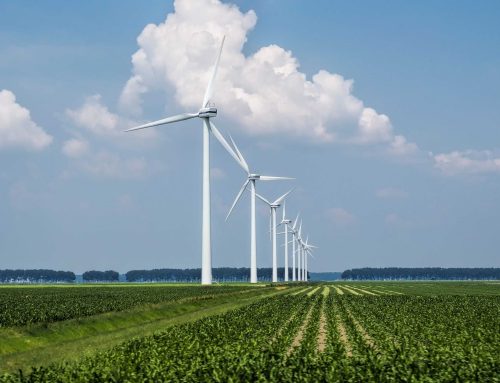The shift toward renewable energy is transforming the energy landscape, and data analytics is playing a critical role in making this transition smoother, more efficient, and sustainable. By utilizing advanced analytics, businesses can gain insights into energy consumption patterns, optimize resource use, and manage the integration of renewable energy sources into existing grids. Here’s how analytics is driving change:
- Optimizing Renewable Energy Integration
Renewables like wind and solar present unique challenges due to their variability. Accurate data analytics allows utilities to predict energy demand and fluctuations in supply, helping stabilize the grid and maintain efficiency. For example, weather data combined with consumption analytics provides forecasts that allow for better alignment of renewable output with energy needs, minimizing disruptions.
- Improving Operational Efficiency
Analytics helps energy producers and consumers reduce inefficiencies by identifying areas of high energy consumption and waste. Through real-time monitoring and predictive analytics, companies can adjust their processes to consume energy more efficiently. These insights also aid in preventive maintenance for energy infrastructure, reducing downtime and energy losses while prolonging equipment life.
- Enhancing Sustainability Reporting
With an increased focus on sustainability, businesses need accurate data to track their carbon footprint and improve compliance with regulations. By measuring Scope 1 and Scope 2 emissions, analytics platforms provide actionable insights that companies can use to improve their energy efficiency and reduce carbon emissions. These tools are essential for meeting regulatory standards and corporate sustainability goals, including those tied to ESG (Environmental, Social, and Governance) reporting.
- Informed Decision-Making in Energy Procurement
Energy markets are becoming more complex, and analytics provides the clarity needed to navigate this environment. Companies can use historical data to predict future energy prices, assess risk, and optimize procurement strategies. Analytics also helps in evaluating the performance of new technologies and innovations, supporting more informed investment decisions.
- Driving Grid Modernization and Resilience
The grid of the future will need to be more flexible, decentralized, and resilient. Smart grids powered by advanced analytics are already making this a reality by improving energy storage management, automating demand-response systems, and optimizing load distribution. With real-time data, grid operators can swiftly adjust to changes in supply and demand, ensuring stable energy distribution even during peak periods.
Conclusion
The future of energy is data-driven. Analytics is crucial for optimizing the use of renewable energy, improving operational efficiency, enhancing sustainability reporting, and making informed decisions in energy procurement. As we continue toward a sustainable future, energy analytics will be key to driving the innovation and efficiency needed to meet the ambitious goals of the global energy transition.
Utility bills are a critical, reliable data source for Scope 1 and 2 emissions, which account for a significant share of global GHG emissions. With consistently available data and detailed line items, utility bill management provides the precision needed for compliance and sustainability efforts.
By leveraging Vervantis’ expertise in emissions reporting, businesses can gain actionable insights that allow them to navigate this evolving landscape more effectively, ensuring compliance and long-term sustainability.













